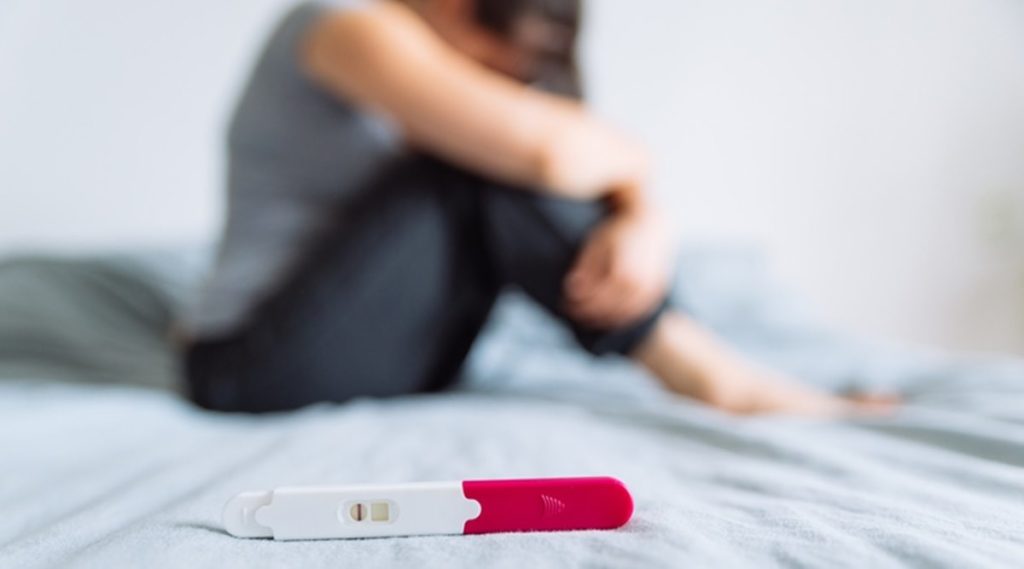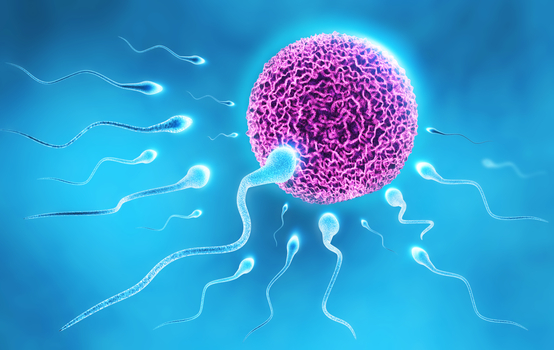A woman’s age is possibly the most critical factor related to her fertilisation capacity. There are a range of conditions that can interfere with a woman’s fertility, such as endometriosis, polycystic ovarian syndrome, adrenal gland diseases and inflammatory diseases.

Endometriosis
Endometriosis happens when tissue from the tissue lining the uterus, also called the endometrium, grows outside the uterus. Between 25 and 50% of infertile women are estimated to have this ailment.
It has no place to shed blood flow at the cycle’s close, although this tissue behaves exactly like the endometrium in accumulating blood in the monthly menses interval. The accumulation of bloodstream and blood vessels may cause inflammation, scarring and other problems. Symptoms include pain and cramping before and during periods, pain during infertility, nausea, fatigue, nausea, constipation and intercourse. Keep in mind that all these symptoms can occur with other conditions.
Looking with a special viewing instrument called laparoscope into the abdominal cavity diagnoses endometriosis (diagnostic laparoscopy). This disease can be treated with drugs or laparoscopic surgery to remove the cysts. Girls that are nearing menopause or aren’t planning to have kids might consider hysterectomy, the surgical removal of the uterus.
Pelvic Inflamatory Disease
Pelvic inflammatory disease (PID) in the female reproductive organs often occurs after a sexually transmitted disease such as gonorrhea or a chlamydia infection, or following miscarriage, childbirth or abortion. Symptoms include fever and tenderness, tummy ache and a bad-smelling vaginal discharge. About in 1 out of 5 cases infertility is developed because of the scarring from PID.
PID could be easily diagnosed through a rectal exam, also samples of vaginal excretion could be analyzed. Usually antibiotics would be the best treatment. Surgery or in vitro fertilization (IVF) can be traditionally used to deal with infertility resulting from PID.
Pituitary Tumors
Pituitary tumors, although benign, can cause destruction of a number of the hormone-secreting cells in the adrenal gland, causing cessation of menstrual periods in girls and sperm production in males. Due to their location, these tumors also can lead to visual field defects.
Pituitary tumors usually can be diagnosed by measuring hormone levels in the blood and urine, from MRI or CT scans of the brain and by visual field evaluations. Treatments consist of surgical removal of the mass, radiation therapy, hormone replacement therapy or a mixture.
Polycystic Ovarian Syndrome (PCOS)
In polycystic ovarian syndrome (PCOS), there is a long-term inability to discharge eggs into the uterus, in which they may be fertilized — a process called fertilization. Elevated insulin levels stimulate production of the androgenic hormones, which cause a number of those eggs to disintegrate, leading to inconsistent or no ovulation. Most women with PCOS have benign cysts in their ovaries.
Symptoms include irregular ovulation and menstrual cycle, obesity, hypertension, insulin resistance, acne and excess hair growth. PCOS, as the leading cause of infertility, occurs in about 10 percent of womens, and with approximately 30% of girls having some characteristics of PCOS.
Blood tests and ultrasound diagnose PCOS. Treatments for PCOS include weight reduction, medications like hormone preparats, drugs to treat insulin resistance, surgical operation to remove a portion of the ovary or to drill holes at the ovary with a laser , which will reduce androgen production.

